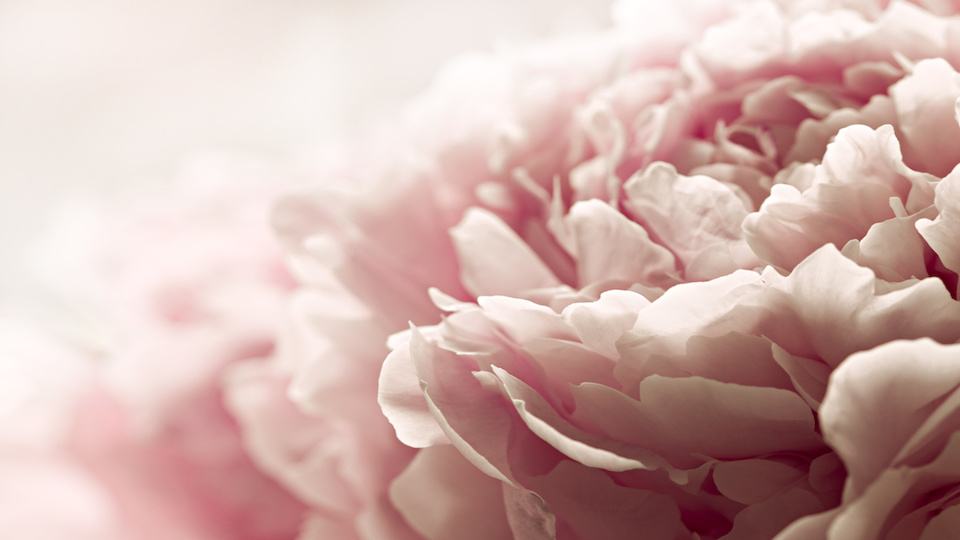Northern climates offer a particular and unique beauty, but the cold winters and short growing seasons present a challenge for gardeners. If you’re a zone 4 gardener, don’t be dismayed; you can select from many beautiful, super-hardy perennials that can tolerate your climate with style and grace.
Here are a few of the best perennials for zone 4 gardens:
Yarrow (Achillea millefolium): This carefree North American native wildflower is easy to grow and rewards you with showy clusters of yellow, cream, pink or red blooms from midsummer to fall. When the plant isn’t in bloom, the ferny, grayish-green foliage continues to beautify the landscape. Yarrow thrives in bright sunlight and dry conditions. Poor soil is best, as yarrow tends to be floppy and less attractive in fertile soil.
Ajuga bugleweed (Ajuga reptans): Also known as carpetweed or blue bugle, ajuga bugleweed is an evergreen groundcover that works beautifully in difficult, shady areas. The colorful foliage is attractive all year round, while showy, intense blue flowers show up in early summer. Plant ajuga bugleweed where it has space to spread, as it fills out quickly and can be invasive in some situations.
Blue star (Amsonia ‘Blue Ice’): A compact, shrubby woodland plant, blue ice produces clusters of star-shaped, lavender-blue flowers in late spring. Average, well-drained soil is perfect for this hardy plant. Full sunlight produces brilliant yellow fall color, and the plant may become floppy in too much shade. Although blue star prefers regular moisture, it tolerates periods of drought.
Big bluestem (Andropogon gerardii): Native to America’s prairie lands, big bluestem is a tall, drought-tolerant grass that reaches mature heights of 4 to 6 feet (1.5 to 2 m.). Gardeners value this ornamental plant for the bluish-green leaves that turn green with lavender-bronze tints as the season progresses, followed by purple-red blooms that persist from fall to late winter. Big bluestem is often used to prevent erosion in difficult areas and may self-seed when conditions are just right.
Golden Marguerite (Anthemis tinctoria): Also known as golden chamomile, yellow chamomile, or Boston daisy, golden marguerite is a great choice for full sunlight and poor soil. This sturdy, drought-tolerant perennial displays masses of bright yellow, daisy-like blooms from early summer to fall. Be sure to bring a few flowers in for cut flower arrangements.
Columbine (Aquilegia canadensis): Native to North America’s mountain ranges, columbine produces delicate-looking flowers in colors ranging from pale pink with yellow markings to deep red and soft yellow in late spring. Be sure to remove wilted flowers to encourage the development of more blooms (the long-stemmed blooms are beautiful in floral arrangements). Columbine tends to be rabbit- and deer-resistant, but highly attractive to colorful hummingbirds. Moist soil and partial shade are perfect.
False Sea Pink (Armeria maritima): Also known as sea thrift, false sea pink is distinguished by grass-like foliage and clusters of tiny pink to white blooms. This hardy, slow-spreading groundcover tolerates salty soil along coastlines and is a fantastic choice along sidewalks or driveways if you salt for icy conditions during the winter. False sea pink prefers poor, rocky conditions and may rot in rich or poorly drained soil.
Heartleaf Bergenia (Bergenia cordifolia): Also known as pigsqueak, we know this Siberian native is as tough as they come. A low-maintenance, evergreen groundcover, heartleaf bergenia is a drought-tolerant plant that adapts to full sunlight or partial shade, in containers or rock gardens. Look for deep pink blooms flowers rising above rosettes of shiny, heart-shaped leaves in early spring.
Peony (Paeonia spp.): A familiar, old-fashioned favorite, peony is a stunning shrub that produces big, impressive, double or single blooms of pink, white, red or yellow in spring and early summer. It takes a couple of years for peonies to get going at full production, but once it’s established, it blooms dependably year after year with minimal care.
-Mary Helen Dyer



